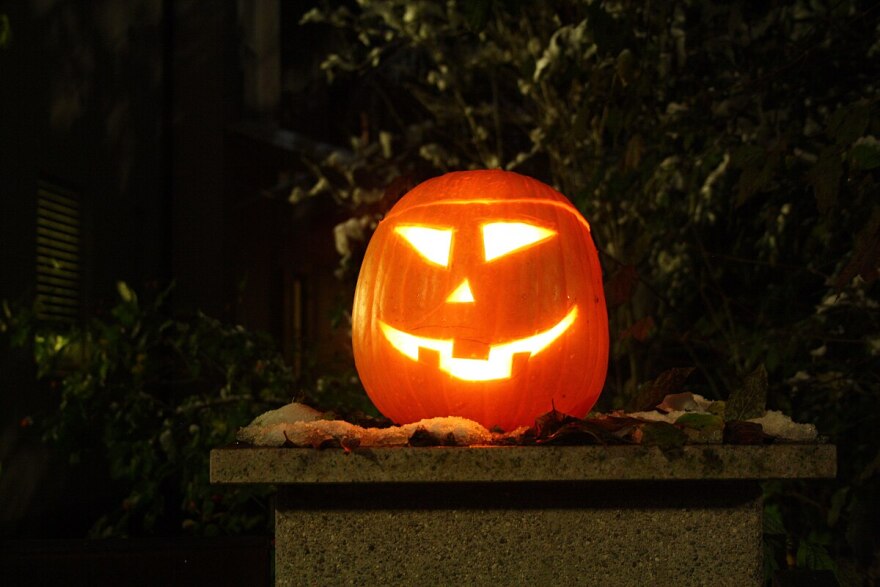After the first snow of the season, some signs of fall are fading away. If you’re ready to get rid of the jack-o’-lanterns sitting on your porch, don’t toss them in your trash can.
Every year, approximately 1 billion pounds of pumpkins end up in landfills across the country, where they release climate-warming methane that hurts the environment.
Hamilton County’s waste reduction agency is trying to combat that spooky statistic. It’s encouraging residents to give their pumpkins a sustainable second life through cooking, donating and composting them.
“Pumpkins are such an easy thing to prevent from going into the landfill because there are so many other outlets for them,” said Sam Goubeaux, program coordinator at Hamilton County ReSource.
Donate them to a farm
Some local farms are accepting pumpkins for animal feed. Bahr Farm, 969 W. North Bend Rd., is collecting unpainted pumpkins for its cows to enjoy. You can drop them off in the bin by the picnic table until Dec. 6.
Bahr Farm also has a composting operation on site.
“If your pumpkin is a little moldy, or if you're not really sure if it's appropriate for animal feed, they'll still take it, and they'll decide which ones they're able to feed to the cows and which ones that they're going to compost,” Goubeaux said.
Perch Farm, 900 Hopewell Rd., and Tewes Farm, 2801 Crescent Springs Pike, are also both taking natural pumpkin donations.
Turn your Halloween decoration into a tasty treat
If your pumpkin is still firm, you can turn your Halloween decoration into food. Goubeaux says there are endless recipes that call for pumpkin or pumpkin puree.
“Just cut the pumpkin in half, take out the insides, roast that exterior in your oven at a fairly low temperature for a few hours, and then you can puree it and use that puree in recipes,” Goubeaux said.
She suggests pumpkin pie or pumpkin cookies.
Opt to compost
Pumpkins are rich in nutrients and can make great additions to compost and soil.
Goubeaux recommends breaking up or smashing your pumpkins before adding them to a compost pile.
“Ultimately, that will help [with] decomposition,” Goubeaux said. “It'll help make everything go by a little faster, so that you're not looking at that pumpkin for quite as long.”
Then, cover the pumpkin with plenty of leaves or brown, carbon-rich material to ensure you have the right balance in your compost pile.
If you don’t have compost, a community garden or other organization may take your pumpkins. Lierer’s Market, 4170 Hamilton Ave., is collecting natural, unpainted pumpkins for composting. Use code 1031 to open the free drop-off bin outside the store.
Leave them outside for animals
If you leave your pumpkins outside, animals from racoons to deer will come feed on them. Goubeaux suggests breaking up your pumpkin and leaving it in your backyard.
“It'll attract some of those animals...by having that that fleshy interior out,” Goubeaux said.
Pumpkins without any paint or glitter on them are safer for wildlife.
Read more:


